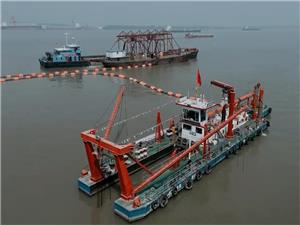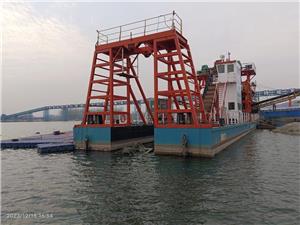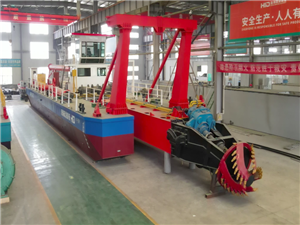Dredging is the process of underwater excavation of sand mud,gravel and hard soil
Dredging is done periodically to remove underwater sediments called silt and debris from shipping harbors, rivers, coastlines, or lakes. There are four phases in the dredging process: excavation, vertical transport, horizontal transport, and placement or use of the dredged material.
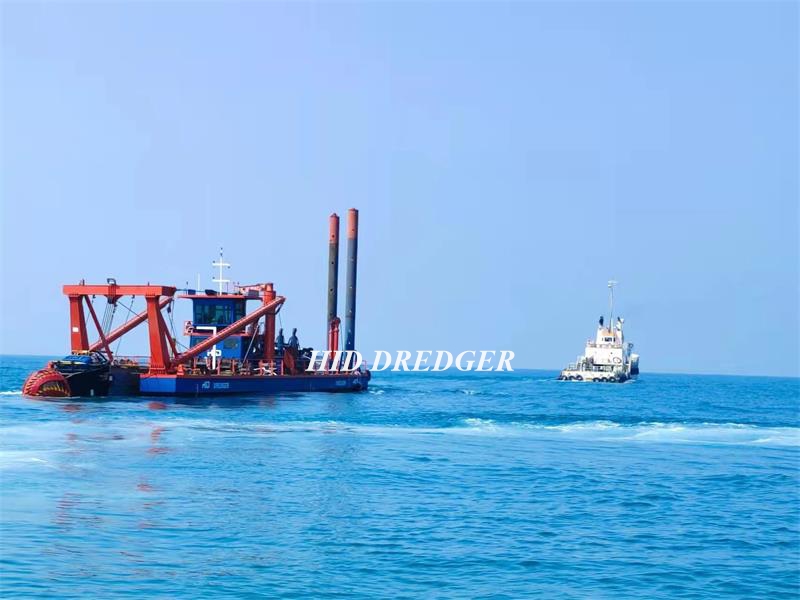
The main reasons to dredge include:
Maintenance / increasing navigation channels – to ensure the safe passage of boats and ships
Land reclamation for residential and industrial areas, habitats for birds or wildlife.
Excavation at underwater foundations – prior to placement of pipelines or tunnels for underwater infrastructure.
Excavation to remove overlying soil – to reach minerals, gems, precious metals, and fertilizers lying in the sea, river, or lake.
Environmental dredging – to prevent contamination and improve water quality to restore the affected marine area.
Protect the beach – providing fill materials in the form of sand and rocks to replenish the beach
Flood control – improve or manage the flow of the tidal movement in rivers, channels, or natural waterways.
Maintaining irrigation canals and reservoirs – conserve the usage of scarce water supplies.
The dredged material can vary greatly (peat and organic soils, cobbles, clays, boulders, silts, broken rock, sands, rock and gravels, cemented soils and corals), and dredging depth can vary from a few meters to more than a hundred meters. This implies the right dredging equipment needs to be used.
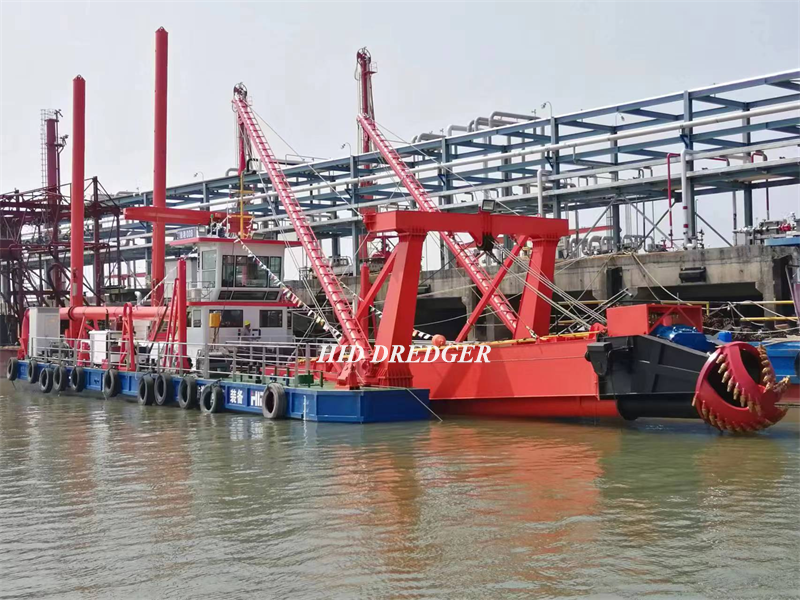
HID Trustworthy Dredge Building Company Since 1987 - Cutter Suction
Dredgers, Amphibious Machines, Sand Mining Equipment, Barges for Land
Reclamations, Port Maintenance, River Broadening Works and more.


